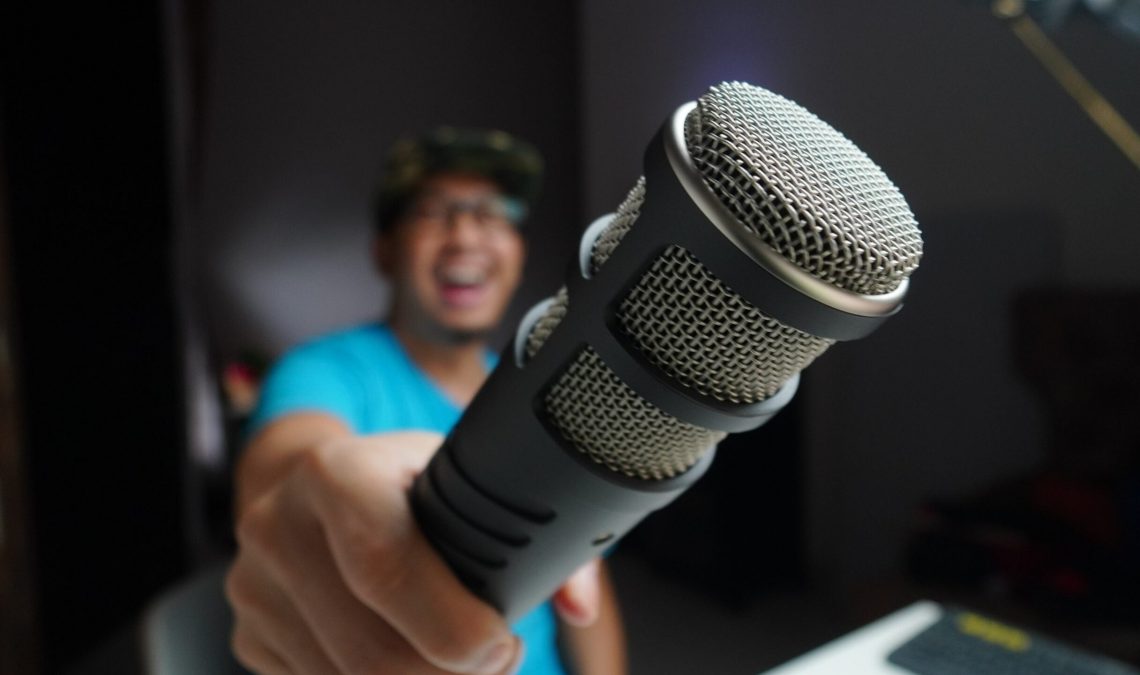
Microphones pick up sound waves in the air and convert them to electrical impulses that are similar. You may also transfer the signals from the mic’s output to a mixer or audio interface for recording, or to a speaker, which converts them back into sound waves, to duplicate the original sounds. Furthermore, you can purchase various mic arm stand if you want to buy one, on a lot of different websites.
However, the essential structure of all three is the same. The sound is picked up by the capsule, which is also known as a baffle, and converted to electrical energy. The best microphones for a particular setting capture your intended audio source, such as your voice or a musical instrument, without picking up any background noise. These days, there are so many different types of microphones to pick from. Not to mention headphones, cameras, and speakers with built-in microphones. Nevertheless, there are different types of microphones.
Ribbon Microphones
Ribbon microphones are technically a type of dynamic microphone, but they are usually recognised as a separate design because of how they function and sound. An extended rectangular diaphragm composed of thin metal with magnets on both ends is included in the ribbon design. It vibrates when sound waves strike it, creating an electrical charge. The most authentic sound reproduction is provided by an excellent ribbon mic. Its frequency range is the most similar to human hearing, thus audio is not as loud as condensers or dynamics, but vocalists and instruments sound incredibly clear and realistic. Ribbon microphones are most commonly used in recording studios, where they can be precisely positioned and safeguarded, as they are more sensitive than other varieties.
Condenser Microphones
Electrostatic technology is used to operate condenser microphones. A moveable metal diaphragm is coupled to a permanent metal plate in the most typical configuration, and both are charged and have electrodes attached. When sound waves strike the diaphragm, the distance between it and the plate varies, resulting in capacitance and tiny voltage fluctuations that replicate the original wave.
Large-diaphragm and small-diaphragm condenser microphones are the two most common types. Microphones with diaphragms of one inch or greater are known as large-diaphragm mics. Large-diaphragm condensers are better for recording vocals because they offer a more well-rounded frequency response. The highest high-end response comes from small-diaphragm condensers, which are ideal for recording instruments.
Dynamic Microphones
Electromagnetic induction is used by dynamic microphones to transform sound waves to an electric signal. A conductive coil is linked to a Mylar diaphragm within the capsule. The diaphragm vibrates, moving the coil in a magnetic field as well as providing an AC voltage. As a result, moving-coil dynamic microphones are sometimes referred to as dynamics. They are long-lasting as well as adaptable. When collecting high SPL sources, dynamic microphones are less prone to overload and distort than condenser mics. Because their capsules are less sensitive than condenser microphones, they are ideal for use as portable voice mics during live performances.


